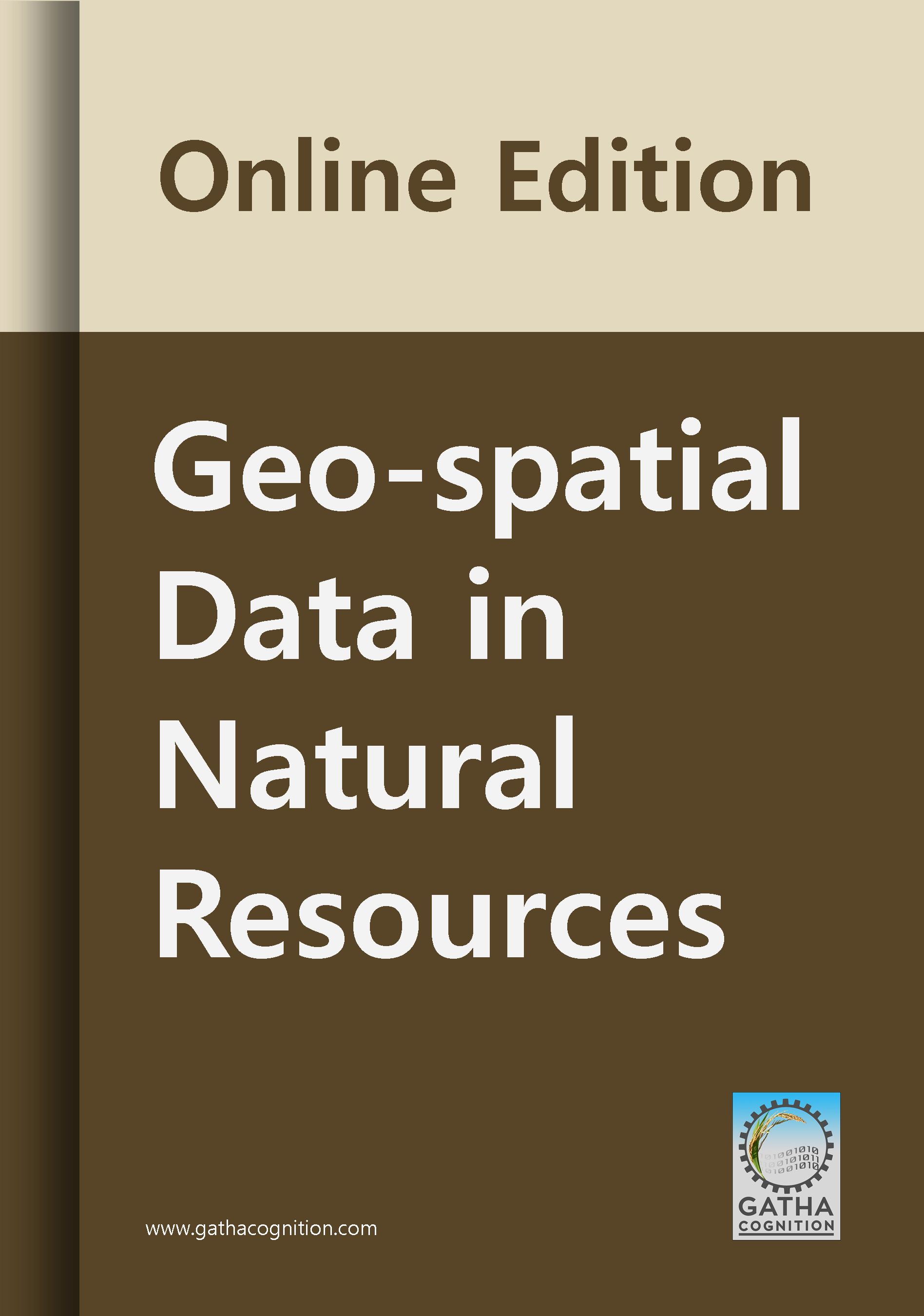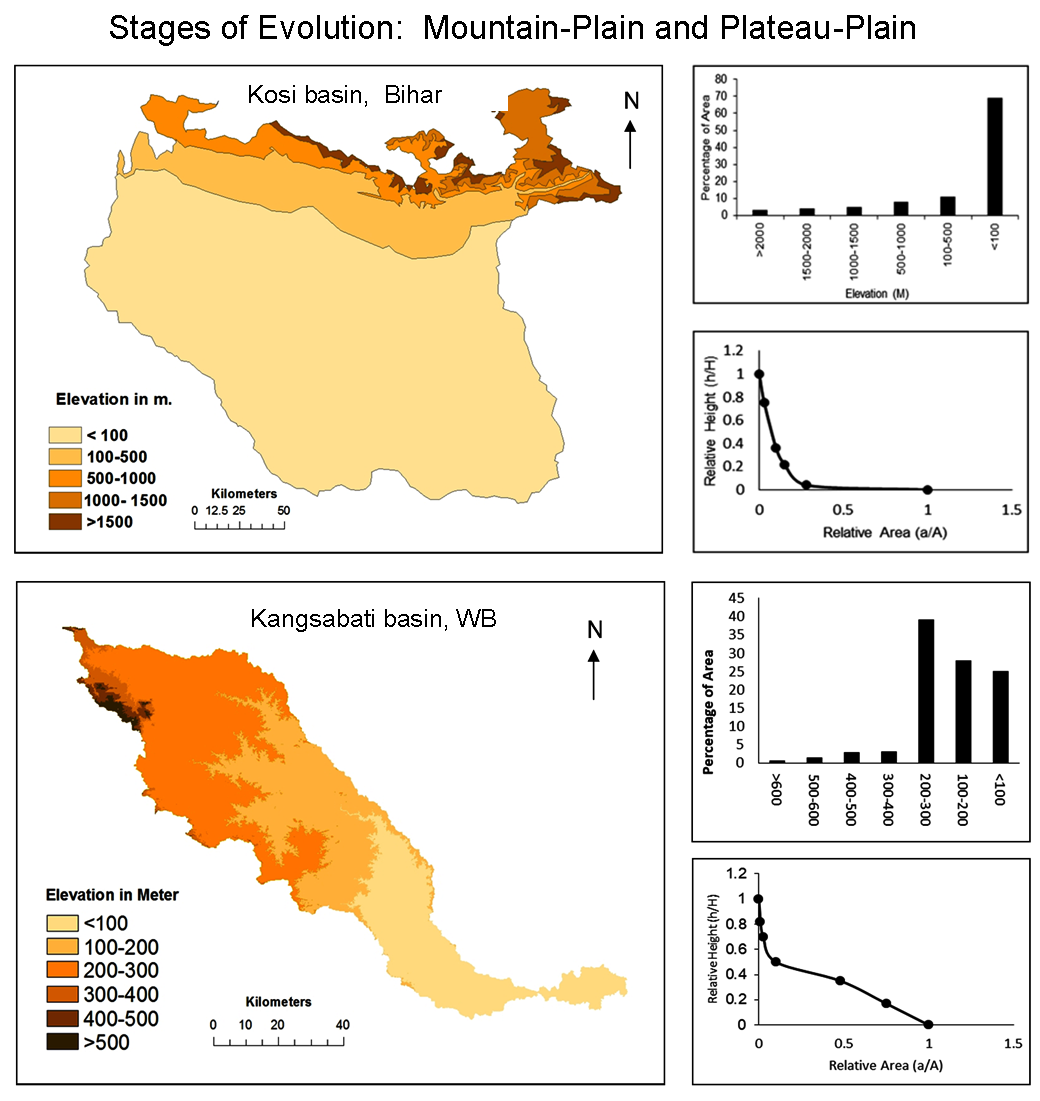Article/Chapter Title :
Morphometric Analysis of Adula River Basin in Maharashtra India using GIS and Remote Sensing techniques
Geo-spatial Data in Natural Resources
13-35
Adula River , Stream network , GIS , Remote Sensing , Morphometric analysis


The present paper attempts to study the morphometric characteristics of Adula River Basin in Maharashtra using GIS and Remote Sensing technique. Topographical maps and ASTER DEM data at 30m spatial resolution have been used for the analysis. Stream networks, different linear, areal, and relief aspects of the basin were analyzed using Arc GIS 10.1 software. The drainage pattern of Adula River is dendritic to sub-dendritic type, with 4th order stream. The mean bifurcation ratio is 5.36, which indicate uniform lithology in the basin. The elongation ratio and circulatory ratio shows elongated shape of the basin. Low length of overland flow (0.63) of the basin is the indicator of moderately low surface runoff. Estimated drainage density (0.79 km/km2) and drainage texture (0.84) of the River basin indicates highly resistant or permeable subsoil material with coarse to moderately coarse drainage texture. The relief aspect of the Adula basin reveals that the major part of the basin has low to moderate relief and values of dissection index and ruggedness index both were very low.

Morphometric analysis of streams in the basin is an important aspect for characterization of watershed.
Adula River basin is elongated shape with highly permeable homogeneous geologic materials.
Adula River basin shows coarse drainage texture (0.84).
The major part shows low to moderate relief with low dissection and ruggedness index.



